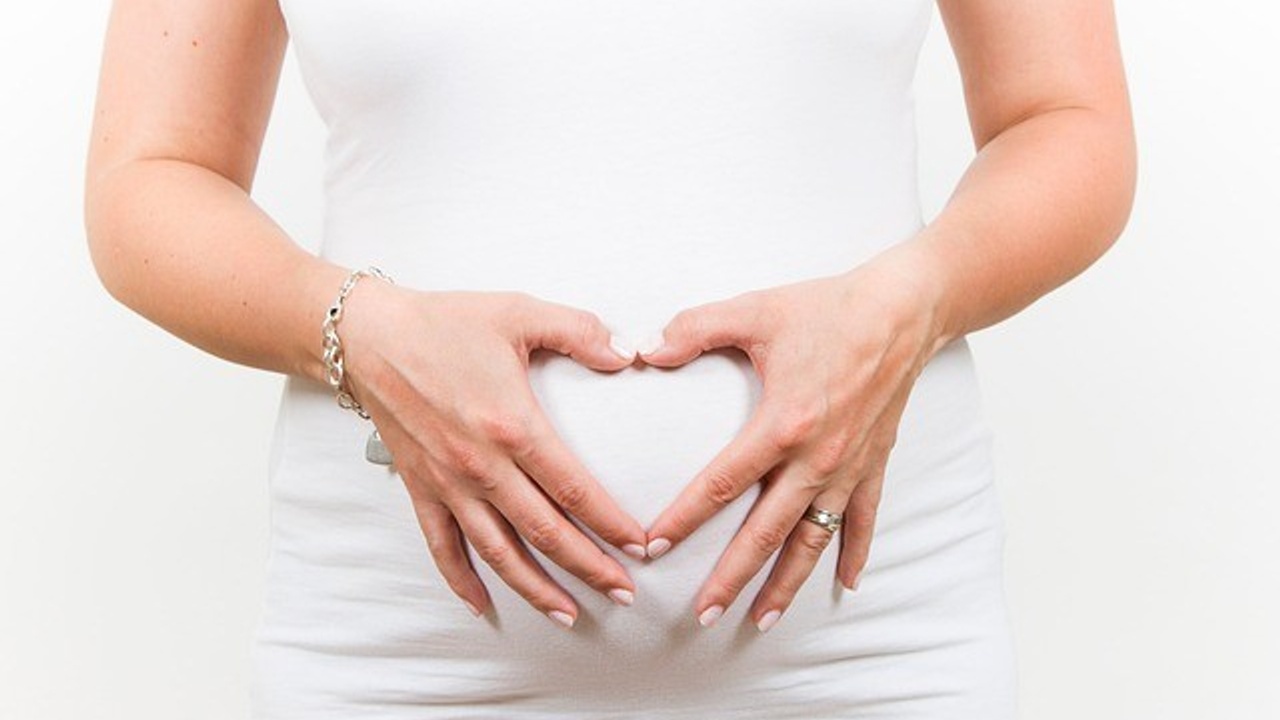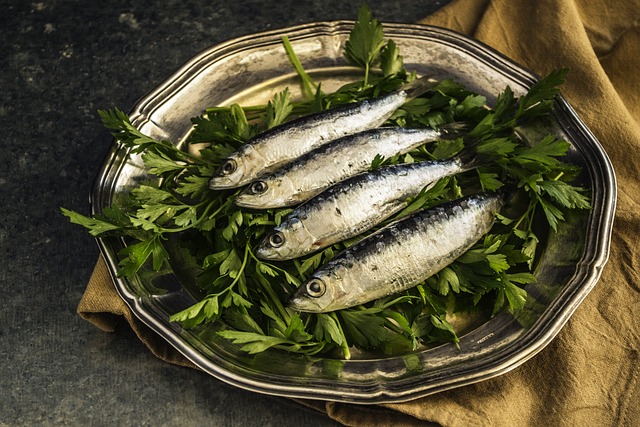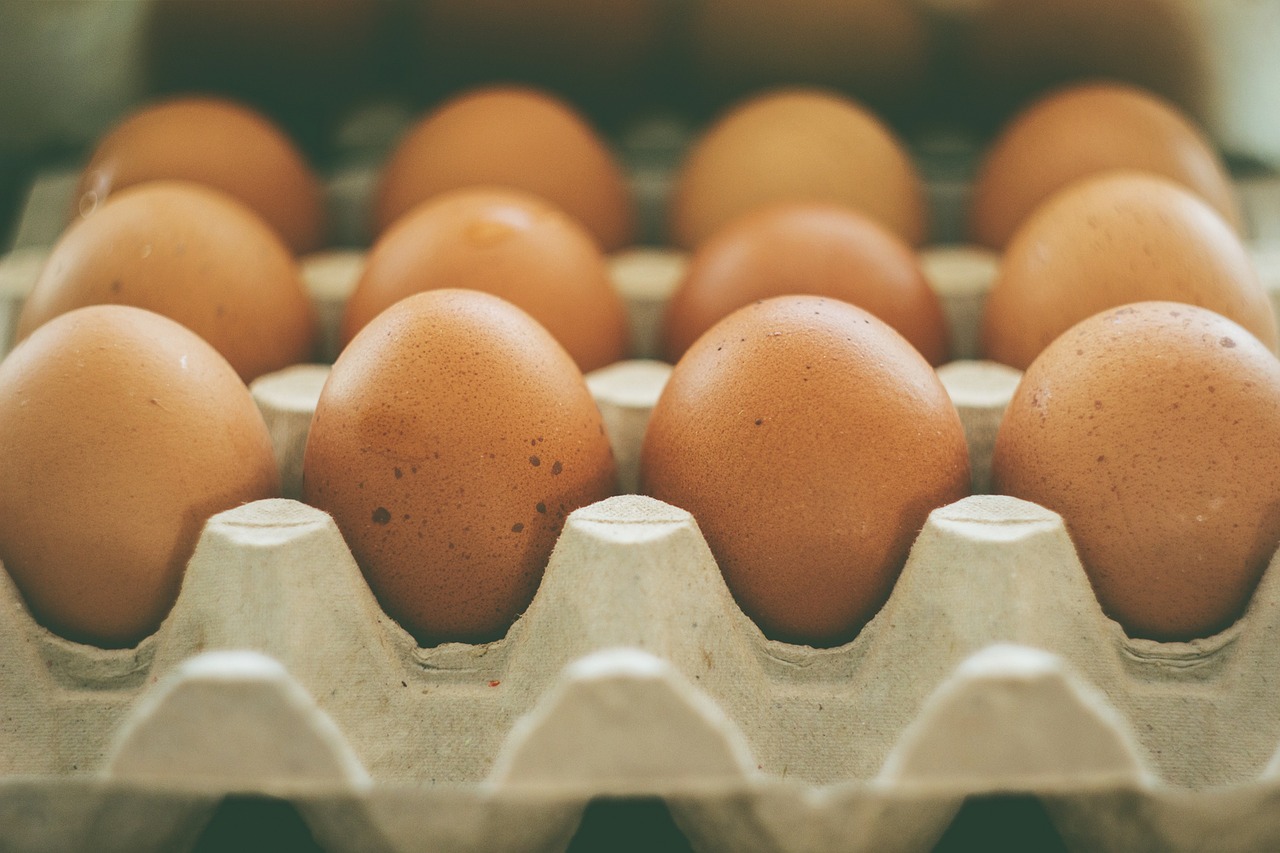
Why Infertility is on the Rise, and How Acupuncture Can Help Through Post-Partum
In the 1930s, Francis Pottenger, MD, conducted a 10-year study in which nearly a thousand cats were fed the same basic diet of milk, meat and a small dose of cod liver oil.
“The healthiest cats were the ones who received raw meat and raw milk. This was the only group to produce generation after generation of healthy kittens with broad faces, adequate nasal cavities, broad dental arches, strong and correctly shaped teeth and bones, excellent tissue tone, good-quality fur with a minimum of shedding and an absence of gum disease. These cats were resistant to infections, fleas, and internal parasites. They showed no sign of allergies and were gregarious, friendly and predictable in their behavior patterns. Miscarriages were rare and litters averaged five kittens, which the mothers nursed without difficulty.
"Another group received raw milk and cooked meat. The cats in this group developed skeletal and dental deformities, heart problems, vision problems, thyroid imbalances, infections of the kidney, liver, testes, ovaries, and bladder, arthritis and inflammation of the joints, and inflammation of the nervous system with paralysis and meningitis. Their second and third generations had abnormal respiratory tissues.
"The 'cooked-meat cats' were so irritable that some of the females were named Tiger, Cobra, and Rattlesnake, while the males were docile and passive, a sexual role reversal not seen in the raw-food cats. Vermin and intestinal parasites abounded and skin lesions and allergies appeared frequently. Adult cats died of pneumonia or infections of the bone while kittens died of pneumonia and diarrhea. The cooked-meat cats had serious reproductive problems including sterility, miscarriage, a lack of maternal instinct and difficult labors with high infant mortality rates. Many females died in labor.

"The cats fed raw meat with pasteurized milk showed similar changes, and those fed evaporated milk showed even more damage, while the most marked deficiencies occurred among those fed sweetened condensed milk.
"Because the health of each new generation was adversely affected by its parents’ inferior diet, the cooked-food kittens had even more problems, and there were no fourth generation kittens in any of the cooked-food groups because the third generation always died before reproducing. Had antibiotic drugs been available, these kittens might not have died of pneumonia and other infectious diseases, in which case the experiment could have continued through longer chains of deformed offspring.
"One of Dr. Pottenger’s most exciting discoveries was that the health deterioration caused by cooked foods can be reversed, although it took four generations to completely restore perfect health to cats whose ancestors ate cooked meat or pasteurized milk.” – from the Weston A. Price foundation website; Pottenger, Francis M., Jr. Pottenger’s Cats: A Study in Nutrition. La Mesa, CA: Price-Pottenger Nutrition Foundation, 1983; written by C.J. Puotinen
For humans, a few of the ideas are the same:
- The more we mess with our food, and the further away our food gets from a natural diet, the more prevalent fertility issues become.
- Your fertility issues may not be your fault, but may be from up to four generations back.
In many traditional cultures, pregnancy and preconception diets center around raw, whole dairy products, raw fish and fish eggs, organ meats, and local plant foods.

INFERTILITY EXPLAINED IN CHINESE MEDICINE
Other than nutrition, acupuncture, moxabustion therapy, and herbal medicines play an important role in fertility. Acupuncture helps improve blood circulation to the uterus and ovaries. There are several underlying reasons why someone may be having trouble conceiving or holding a pregnancy.
In Chinese medicine, there are 3 different pathologies related to infertility.
Deficiency of Kidney Yin or Yang – this type is most commonly seen in older ladies wanting to get pregnant. Your Kidney (similar to the Western idea of the adrenal glands) energy wanes with age. It could also be deficient from having other pregnancies without enough time to recover between; overwork or not getting enough rest; or genetic problems related to the hormone organs. In this case we use acupuncture, moxa, and herbs that nourish.
Cold in the Uterus – this type of infertility is seen in women who have taken birth control pills in the past, or who eat a lot of cold food like salads and smoothies. It can also show up in women who have had exposure to cold temperatures in the past or who didn’t properly recover after surgery or blood loss. In this case, we definitely want to use moxa with the acupuncture and warming herbs like cinnamon and ginger with the other nourishing herbs.
Dampness and Stagnation – this type of issue most likely stems from a diet too rich in sugar and carbs. There may be underlying issues of PCOS and obesity as well. The herbs we use in this case are more invigorating for the circulation so it’s important that the patient waits at least 3 months while taking these herbs before trying to get pregnant.
IMPORTANT NUTRITION TO CONSIDER BEFORE PREGNANCY:
VITAMIN A
The best sources of Vitamin A come from fish-liver oils, liver, egg yolks, butter, and unpasteurized cream. Vitamin A is essential for any body function requiring cellular proliferation (i.e. growing a human).
Beta-carotene, which your body converts into Vitamin A, comes from sources like sweet potatoes, carrots, and other fruits and vegetables. While those vegetables are obviously good too, in a healthy person, only 3% is converted. If you’re diabetic or have thyroid problems, the conversion rate is even lower. Animal-based Vitamin A is pre-formed and absorbs directly into your body. This is why the best foods for fertility and also for your baby are raw, whole (breast) milk, butter, and egg yolks.
Many studies on Vitamin A and pregnancy show that it improves fertility and helps prevent birth defects. Get your Vitamin A from food sources only, and not through a synthetic vitamin (i.e. 99% of the stuff at the pharmacy or grocery store). The often-talked-about Vitamin A toxicity problem tends to only happen through synthetics.
VITAMIN E
A study in 1922 called Vitamin E “Anti-Sterility Factor X” because rats couldn’t reproduce without it. Vegetable oils are high in vitamin E, but also in polyunsaturated fatty acids, which deplete your body of Vitamin E. Better sources of Vitamin E are whole grains, vegetables, fruits, nuts, seeds, and grass-fed beef.
Vitamin E supplements that are only “tocopherol” are lacking the other essential components of the Vitamin E complex. Either get it through food or use a food-based vitamin that contains some of the above-listed foods.
VITAMIN D
Spending 20 minutes in the sun every day may not be the best way to optimize your Vitamin D levels, although it will help, depending on your skin color (darker skin absorbs less), whether or not you’re obese (increased BMI interferes with D absorbability), and the time of year and the prevalence of UV-B rays. To be safe and ensure that you get enough Vitamin D, use food sources: fatty fish and butter, or a cod liver oil supplement.
Vitamin D is essential for cellular proliferation such as fetal skeletal and lung development, preventing Type 1 diabetes, and other important things.
VITAMIN K
Vitamins K1 and K2 help with bone formation and nerve development. K1 is found in leafy greens and K2 is found in fermented vegetables (like pickles and saurkraut) and grass-fed animal fats like cheese and liver. Most diets worldwide eat some form of fermented foods. If you’re not already, now’s the time to do so.
DHA
Another fat-soluble vitamin, DHA is found in cod liver oil, fatty fish, and grass-fed animals. It helps baby’s brain development and helps the mother prevent “mommy brain” which is a very real thing of forgetfulness and spacing out.
FOLATE
Everyone knows you need Folic Acid when you’re pregnant, but why? Folate prevents birth defects and spontaneous abortion (miscarriage). It encourages the production of red blood cells, and you need a lot of those to make a baby.
The rate of folate absorption depends on the body’s supply of zinc, and also the quality of the folate.
Folic acid is a synthetic version of folate, and the absorbability is relatively low. However, the synthetic folic acid does prevent neural tube defects, so if the mother is not going to eat a folate-rich diet, she should take the supplement. Folate-rich foods include liver, legumes, and greens.

BIOTIN
Essential for limb and palate formation, biotin is found in many food sources. The best source is raw egg yolks, as cooking lowers the available biotin. Other good sources are raw nuts and seeds, cauliflower, brown rice, oatmeal, and carrots.
CHOLINE
Choline is essential for fetal brain formation. In adults, choline deficiency can be underlying organ dis-ease such as fatty liver and muscle damage. Foods with the highest amount of bioavailable choline are (are you sensing a pattern here yet?) eggs, liver, raw dairy, and wheat germ. Other foods include meats, cruciferous vegetables, nuts, and legumes.
GLYCINE
Glycine is an amino acid that adults don’t usually need to supplement. During pregnancy, however, the fetus requires additional glycine through food sources. The best food sources are skin (as in skin on your chicken leg) and bones (as in bone broth or cartilage).
Meat and eggs deplete your glycine, so it’s important that meat and egg consumption is balanced with bone broth and meat with the skin on. The fetus also uses folate to make glycine from another amino acid.
That said, it’s important to balance all the meat, bones, and skin with legumes, greens, and liver which are perfect sources of folate.
FOOD-BASED SUPPLEMENTS FOR PREGNANCY
The vitamin regimen I recommend for pre-natal, post-natal care, and all through pregnancy is this:
Catalyn (food-based multi) 4 per day
Calcium Lactate 3 per day
Tuna Omega Oil (Omega 3 oil for brain development) 3 per day
Folic Acid B12 (whole food folate) 3 per day
Ferrofood (food-based iron) 2 per day
You'll end up with a very healthy baby and placenta. And feel great the whole pregnancy!
ANTENATAL (POST-PARTUM) CARE
In Chinese medicine, we recommend that for one month the mom and baby stay home whenever possible. This prevents the “evil wind” from invading the mother’s blood and qi deficient body until she regains her strength.
We recommend new moms take an herbal tea with angelica root and other medicinal plants to replenish the blood supply right after giving birth. Warm, nourishing foods like congee (rice porridge) with eggs and mutton (lamb) are recommended. A little bit (< 4 oz.) of wine or beer a day helps the milk supply!
In many cultures, the placenta is consumed after birth, and this is becoming more popular in the US too. I highly recommend it. All of these practices help prevent post-partum depression, hemorrhaging, and help the milk supply.
"Love this practice. They’ve helped me with environmental allergies, hives, fertility, and beyond! They really take a holistic and detailed approach. Highly recommend, they know what they’re doing." ~ Kristen
Don't miss a beat!
New moves, motivation, and classes delivered to your inbox.
We hate SPAM. We will never sell your information, for any reason.
